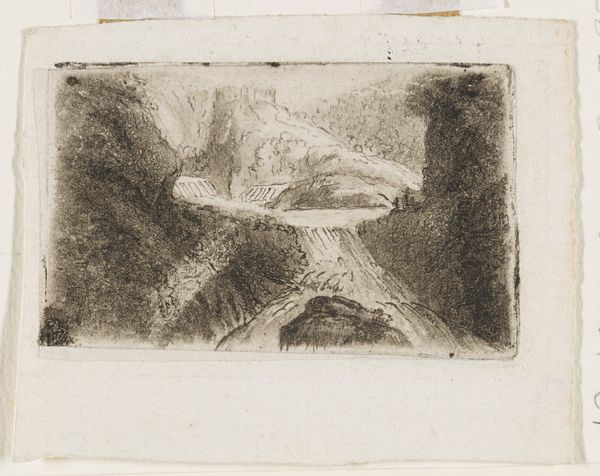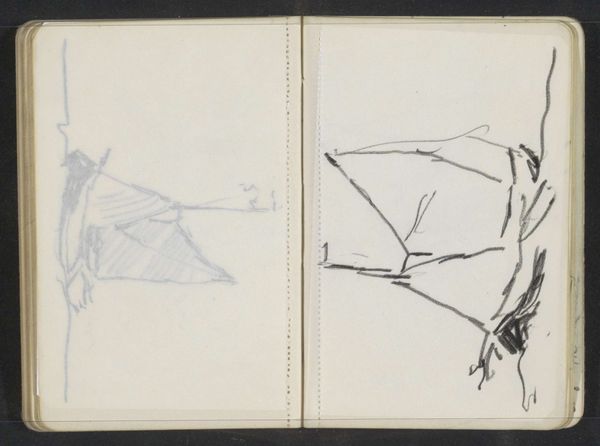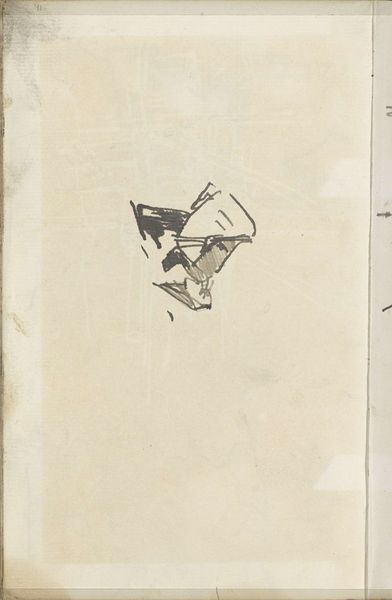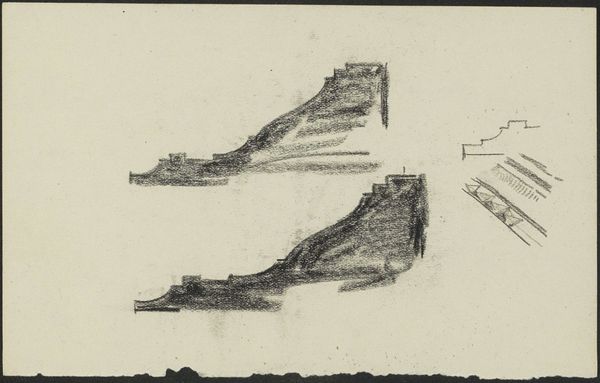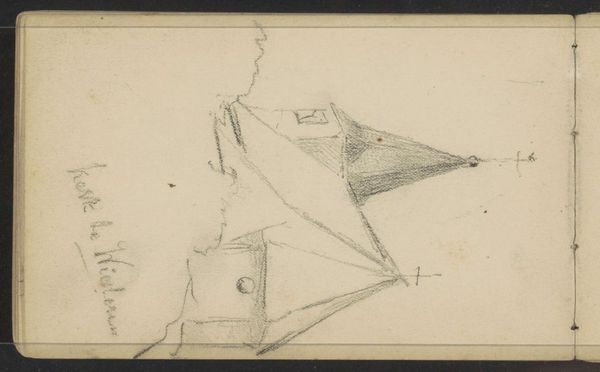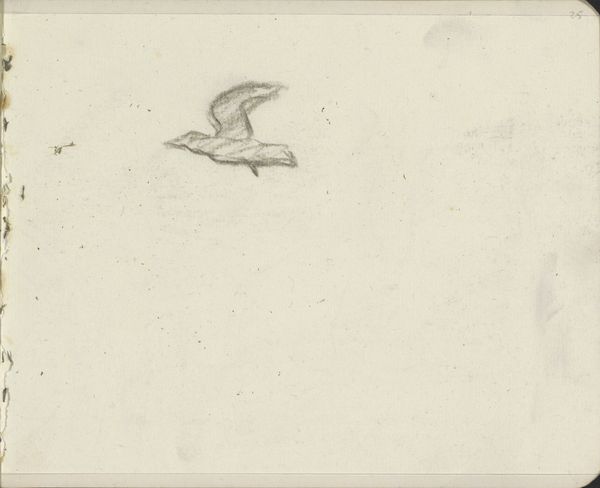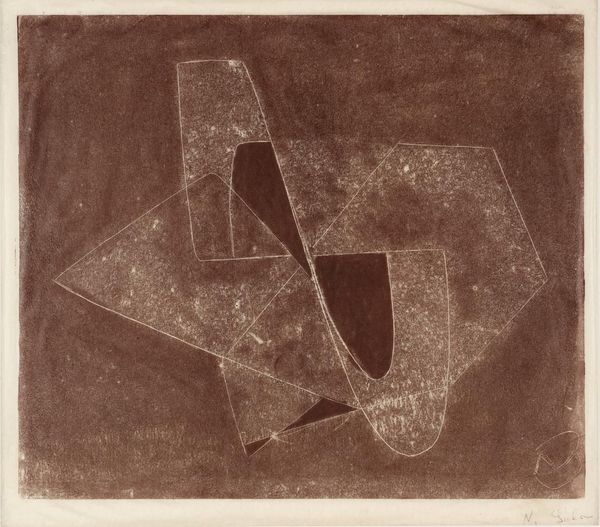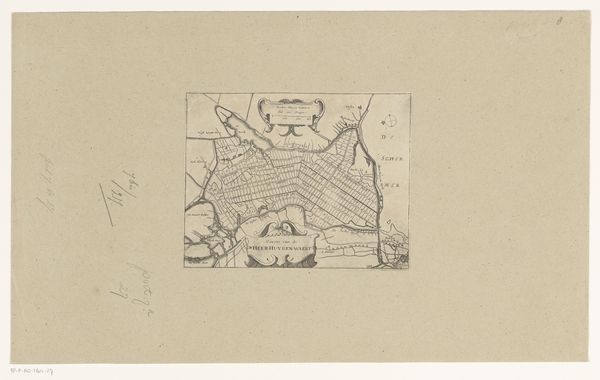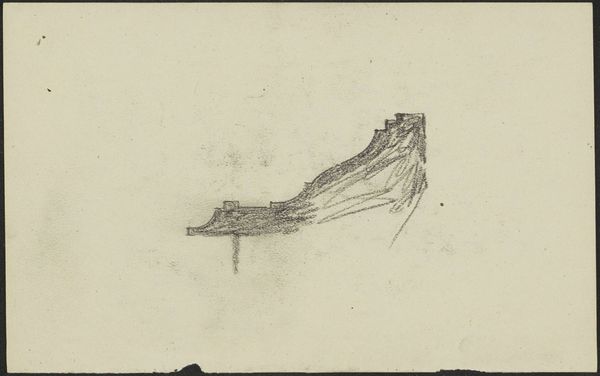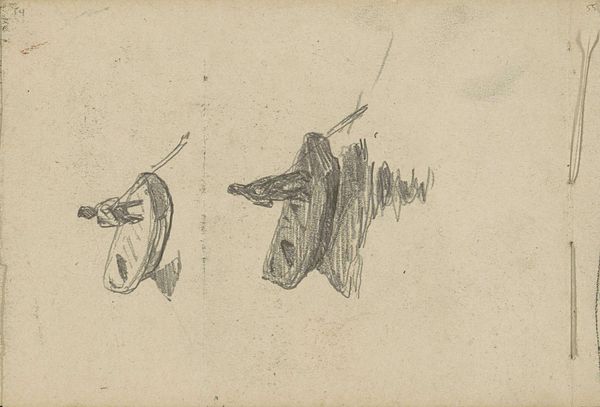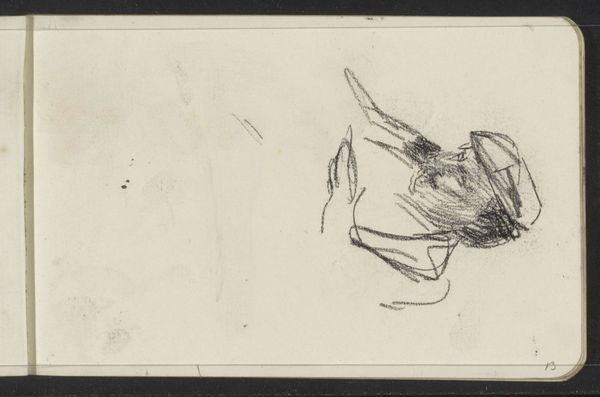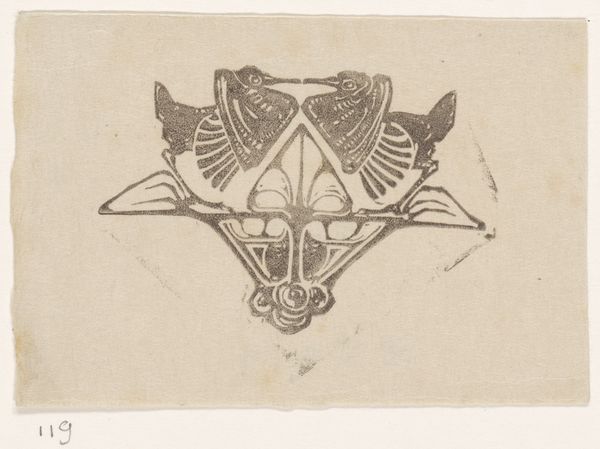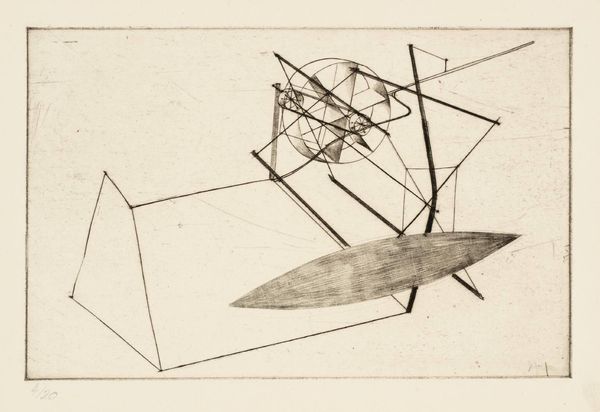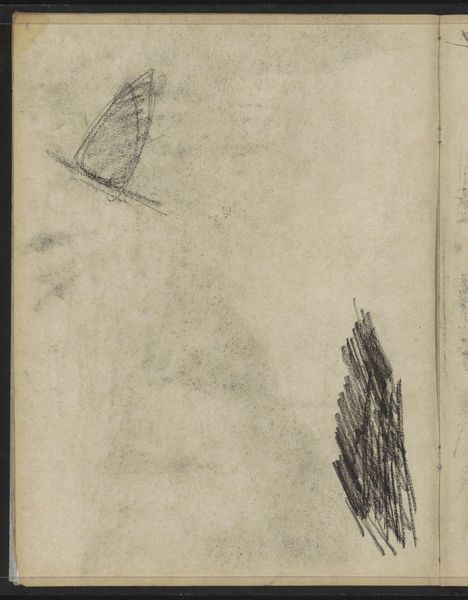
Dimensions: sheet: 3.6 x 5.4 cm (1 7/16 x 2 1/8 in.)
Copyright: National Gallery of Art: CC0 1.0
Curator: Here we have Robert Frank’s gelatin-silver print, "Boy Scout Flags," likely taken between 1937 and 1941. Editor: The photograph feels stark, almost like a document or evidence. The rough edges and imperfect angles lend an air of immediacy to the otherwise formal composition of these emblems. Curator: Exactly, and Frank’s eye, especially this early, frames something far more complex. We see these flags, representations of a hyper-masculine, arguably nationalistic organization, captured just before the explosion of global conflict in the 40s. It presents interesting tensions. Editor: And look at the flags themselves—the contrast in their production! One is simply printed with bold, dark ink while the other boasts fine needlework and possibly metallic thread, alluding to different levels of craft, skill, and the materials accessible within the organization. Are we meant to see class divisions embedded even in the semiotics of Boy Scouts? Curator: Absolutely. It prompts us to examine not just the visual symbols of scouting but the unseen labor involved in producing them, the material circumstances, and the implied societal values being passed along to the scouts themselves, especially considering Frank’s outsider perspective as a Jewish, Swiss immigrant during this era. Editor: Yes! It speaks volumes about who makes the symbols and how the values associated with those symbols are lived and distributed unevenly throughout a population. The worn appearance of one of the flags also draws attention to the lifespan of an object, its use, and how its material reality mirrors a more lived experience, a weariness of a political landscape headed for turmoil. Curator: Indeed, the work complicates the relationship between seemingly straightforward images and their embedded cultural weight. These objects embody ideology, the materiality, and construction are important parts of that conversation. Editor: Thinking about this image, its materials, and its context, I'm struck by how Frank captured this intersection of innocence and looming reality. It’s a haunting reminder that symbols are never just symbols, but physical, made objects invested with ideology and intent. Curator: The photograph ultimately presents us with layers upon layers of identity, performance, and cultural implications surrounding a supposedly innocent organization during a complicated historical moment.
Comments
No comments
Be the first to comment and join the conversation on the ultimate creative platform.
